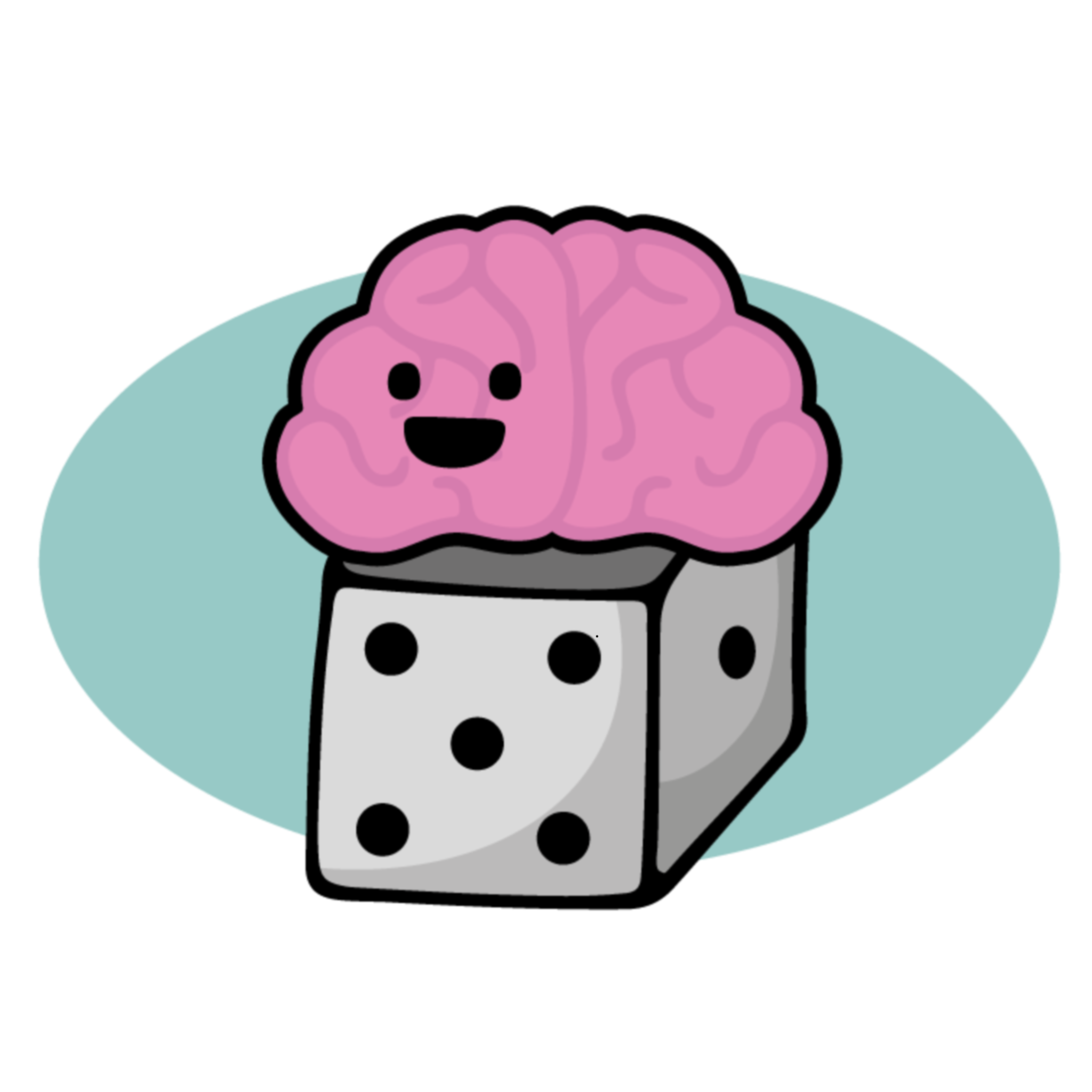Autism Treatment, Part 4: The importance of early intervention
 Although it can be difficult to identify autism in very young children, promising new research suggests that treatment beginning between the ages of 18 and 30 months can result in significant improvements in intelligence and behaviour. As Dr. Gillian said in our interview this week on the Family Anatomy podcast, differences in early language development and nonverbal communication such as pointing are often seen in toddlers with autism, and early intervention is strongly recommended.
Although it can be difficult to identify autism in very young children, promising new research suggests that treatment beginning between the ages of 18 and 30 months can result in significant improvements in intelligence and behaviour. As Dr. Gillian said in our interview this week on the Family Anatomy podcast, differences in early language development and nonverbal communication such as pointing are often seen in toddlers with autism, and early intervention is strongly recommended.
The new study, conducted by Geraldine Dawson and her colleagues and published in the journal Pediatrics, is the first randomized clinical trial of a treatment program for early behavioural intervention with autistic toddlers. In this kind of experiment, participants are divided into two groups; one receives the treatment being examined, and the other "control" group does not. In this way, any changes after treatment can be compared to changes in the control group.
The authors found major improvements for the treatment group compared with another group of toddlers whose parents received recommendations and community service referrals; the control group received, on average, 18 hours of therapy per week. The program being examined by the researchers combined Applied Behaviour Analysis (ABA, a research-based treatment method) with interpersonal interactions, positive emotions, interacting with real-life materials, and sensitivity to the child's cues. Throughout the program, there is a focus on both verbal and nonverbal communication. At the end of the 2 year study, toddlers who received the Early Start Denver Model (ESDM) experienced a number of benefits:
- a 17-point improvement in IQ (compared to a 7-point improvement in the other group)
- significant improvements in language
- significant improvements in daily living skills (although they were still delayed relative to typically-developing youngsters)
- the diagnosis of 30% of the EDSM group changed from autistic disorder to Pervasive Developmental Disorder Not Otherwise Specified, indicating that they no longer met diagnostic criteria for autism. This occurred for 5% (1 child) of the community intervention group.
These findings are in line with previous studies of intensive treatment of autistic toddlers. There is a complication, though - over the two years of the study, the ESDM group received 2 hours of treatment twice per day, 5 days per week. Parents also received training in the techniques. While these interventions address the needs of children on the autism spectrum, and similar programs are offered in many treatment centers, the time commitment and cost of this intensive model may put it out of reach of many parents. Nonetheless, early screening of kids for autistic symptoms, combined with government funding of research-proven treatments, could have a significant impact on the lives of autistic children and their parents.
You can find the Pediatrics study here.
Vote for The Family Anatomy Podcast at Podcast Alley and for the blog at Blogger’s Choice!
Note: Posts on Family Anatomy are for education only. If you need to talk to someone about family or mental health issues, you can get a referral from your family doctor.
